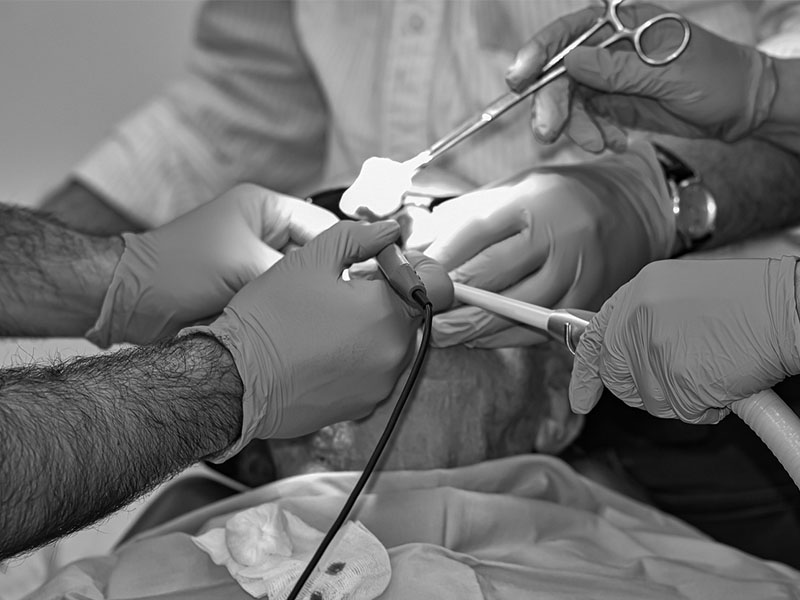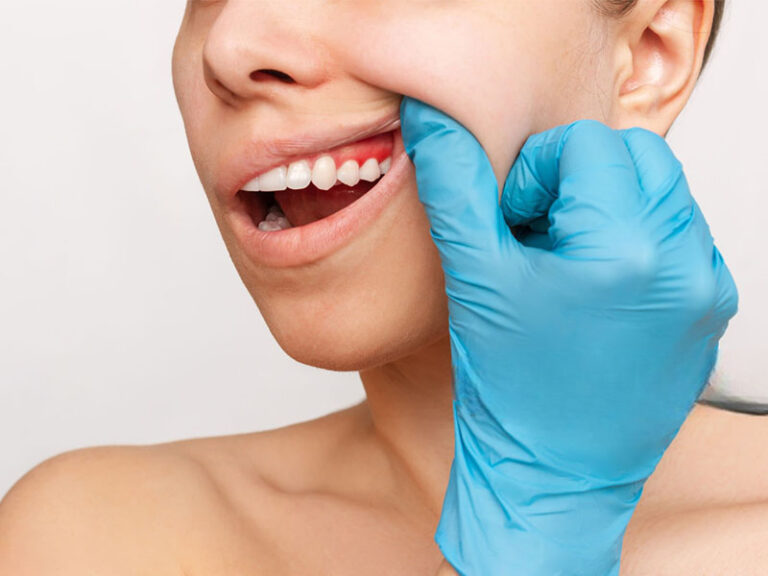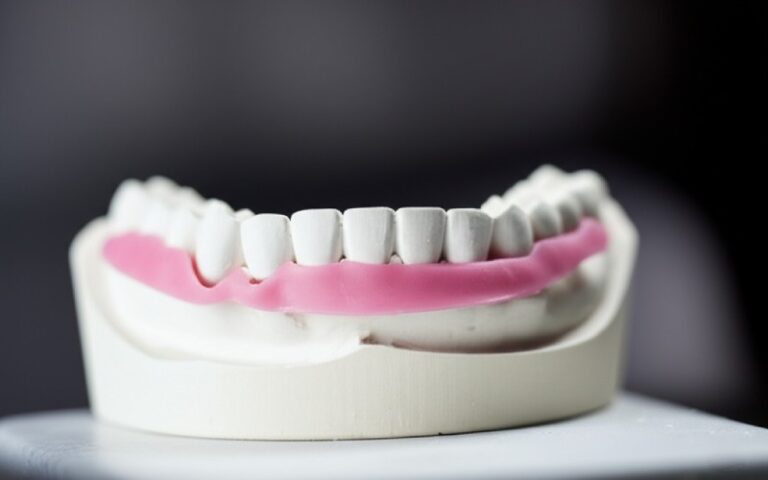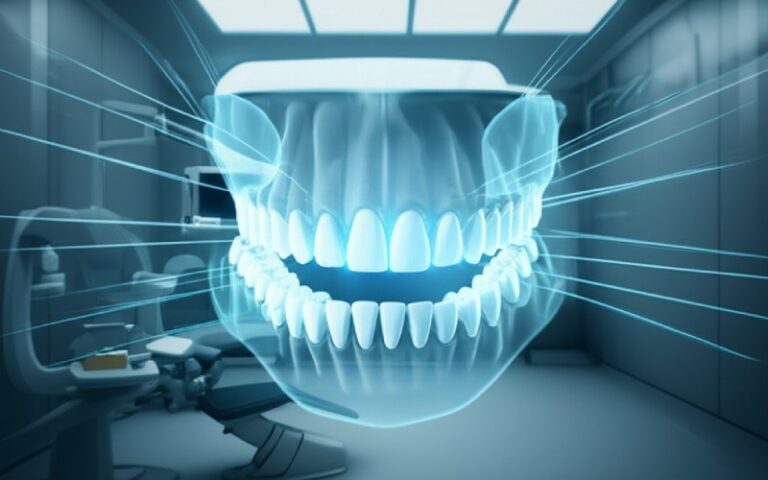
Your Comprehensive Guide to Dental Anesthetic Needles: Everything You Need to Know
In this comprehensive guide, we’ll talk about what the dental anesthetic syringes and needles are, how they work, and why they are so important for your comfort. This article is for you if you’re a dental professional wanting a refresher or a curious patient who wants to understand what’s happening. My goal is to make the subject of dental anesthetic needles less scary and more interesting.
Indholdsfortegnelse
What Are Dental Anesthetic Needles and Syringes?
Let’s start with the basics. A dental syringe and needle are tools used to deliver local anesthetic. Think of the syringe as the delivery system and the needle as the very precise tool that gets the numbing medicine exactly where it needs to go. These tools are very important in modern dentistry. Without them, many common dental procedures would be too painful for patients to handle. The main job of the dental anesthetic needle is to get a special liquid, the local anesthetic, close to a nerve. This numbs the area, so you don’t feel pain.
The dental syringe is designed for control. A dental professional can hold it firmly and guide the needle with great care. The syringe holds a small glass tube called a carpule or cartridge. This carpule contains the anesthetic medicine. When the professional pushes the plunger on the syringe, the medicine flows through the needle. The design of these tools is simple but very effective. They ensure that the right amount of anesthetic is given in the right spot to make your dental work comfortable. Every part of the dental syringe and needle system is made to be safe and effective.
Why is Local Anesthesia So Important in Modern Dentistry?
Can you imagine having a filling or a root canal without any numbing? I don’t think anyone would want that. This is why local anesthesia is a cornerstone of good dental care. Its purpose is all about pain management. By numbing a specific part of your mouth, your dentist can perform detailed dental procedures without causing you any pain. This is crucial for both patient comfort and the quality of the dental work. When a patient is relaxed and not in pain, the dentist can focus better and do a better job.
Effective local anesthesia makes so many dental treatments possible. Procedures like a tooth extraction or preparing a tooth for a krone require the area to be completely numb. This allows the dental professional to work carefully. It also builds trust between the patient and the dental team. Knowing you will be comfortable during dental procedures helps reduce dental anxiety. Patient satisfaction is much higher when they have a pain-free experience. This is why a good injection technique with the right dental needle and anesthetic is so important.

What Are the Main Types of Dental Syringes Used in a Clinic?
Not all dental syringes are the same. The most commonly used type in a dental practice is the reusable, breech-loading, metallic, aspirating syringe. That’s a long name, but it’s easy to understand. “Breech-loading” means the anesthetic carpule is loaded from the side. “Aspirating” is a key safety feature. It has a small harpoon inside that hooks into the rubber stopper of the carpule. Before giving the injection, the dentist can pull back on the plunger. If blood enters the carpule, they know the needle is in a blood vessel. They can then move the needle before injecting. This prevents the anesthetic from going directly into your bloodstream.
There are also other types of syringes, such as disposable plastic syringes and computer-controlled local anesthetic delivery systems. The disposable syringes are good for single use and ensure sterilization. The computer-controlled systems are fancy. They deliver the anesthetic at a very slow, controlled rate to decrease patient discomfort even more. However, the classic aspirating dental syringe remains the most popular. It is reliable, easy to use, and gives the dental professional great control. These syringes offer a great way to administer the anesthetic safely.
How Do You Choose the Right Dental Needle Gauge for Pain Management?
When we talk about a dental needle, one of the most important things to consider is the gauge. The gauge refers to the diameter of the needle. It might seem strange, but a smaller gauge number means a larger diameter needle. For example, a 25-gauge needle is thicker than a 30g needle. The two most common gauge sizes used in dentistry are 27-gauge and 30g. Choosing the right gauge can significantly impact patient comfort.
So which gauge is better? Many people think a thinner needle (like a 30g) hurts less. But research shows that most patients can’t tell the difference in pain from a 27-gauge or 30g needle insertion. A larger diameter needle (like a 27-gauge) has some benefits. It is less likely to break, and it’s easier to aspirate with, which is that important safety check I mentioned. For certain injections where the needle must penetrate deep tissue, a thicker needle gauge is often a safer choice. The key is to select the right needle for the specific injection and dental procedure.
Should You Use a Long or Short Dental Needle for Anesthesia?
Along with the gauge, the length of the needle is another important choice. There are two main types of dental anesthetic needles based on length: long and short. A short needle is typically about 20 mm long, while a long needle is about 32 mm long. The choice between long and short needles depends entirely on how deep the needle needs to go to reach the target nerve. The length of the needle is a critical factor for a successful injection.
Short needles are often used for less invasive procedures. They are perfect for numbing just one or two teeth in the upper jaw, for example. The tissue here is not very thick, so a short dental needle can easily reach the right spot. On the other hand, long needles are needed for certain types of nerve blocks, like the one used to numb all the lower teeth on one side. This injection requires the needle to travel a longer distance through tissue to get close to the main nerve. Using the correct length helps ensure the anesthetic is delivered effectively and safely.
What Types of Local Anesthetic Like Lidocaine Are Used with a Dental Syringe?
The dental syringe and needle are just the tools. The real magic comes from the local anesthetic inside the carpule. There are several types of injectable anesthetic available, but two are very widely used in dental clinics. The most common is Lidocaine. Lidocaine is a reliable and effective anesthetic. It has a fairly quick onset, meaning it starts working fast, and its potency is great for most dental procedures. It has been a trusted choice for many years.
Another popular anesthetic is Articaine. Articaine is known for its ability to diffuse through tissue very well. This means it can spread out and numb the area more effectively. Some studies suggest Articaine has a faster onset and greater potency than Lidocaine, making it a good choice for patients who are sometimes hard to get numb. Dental professionals will choose the best anesthetic based on the patient’s medical history, the type of procedure, and how long the numbing effect needs to last. For example, they will be careful with patients who have cardiovascular issues.
How Does a Topical Anesthetic Help with the Injection?
Even with the sharpest, thinnest dental needle, nobody likes the feeling of a puncture. This is where topical anesthetic comes in. A topical anesthetic is a gel or spray that is applied to the gums with a cotton swab right before the injection. Its job is to numb the surface of the tissue. This means you won’t feel the small pinch of the needle insertion. It’s a simple step that makes a huge difference when it comes to patient comfort.
Using a topical anesthetic is a standard part of modern dental care. It helps to decrease patient anxiety and makes the whole experience of getting local anesthesia much more pleasant. By numbing the area before the needle even touches the skin, it helps create a more pain-free visit. This first step plays a crucial role in ensuring a comfortable start to any dental treatment that requires an injection. It’s a small detail that shows the dental team cares about your comfort from start to finish.
What is the Process of a Dental Anesthesia Injection?
Giving a dental anesthetic injection is a careful, step-by-step process. First, the dental professional will prepare the dental syringe. They will load a new, sterile carpule of anesthetic into the barrel of the syringe. Then, they will attach a new, sterile dental needle. After applying a topical anesthetic to your gums, they will gently pull the tissue tight. This allows the needle to penetrate the tissue more easily and with less discomfort.
The next step is the injection itself. The professional will slowly advance the needle to the target location near the nerve. Before injecting the anesthetic, they will perform that important safety check called aspiration. They will gently pull back on the plunger to ensure the needle tip is not in a blood vessel. Once they are sure the location is safe, they will slowly administer the local anesthetic. A slow injection is key to a comfortable experience. It allows the tissue to accept the fluid without feeling a lot of pressure. Proper handling and technique are vital.
How Do Sterilization and Safety Play a Role with a Dental Needle?
Safety is the number one priority in any dental clinic. When it comes to dental anesthetic needles, sterilization is not just important; it is everything. Every single dental needle used is disposable. This means it comes in a sterile, sealed package and is used for one patient, one time, and then safely thrown away. This rule is followed strictly to prevent any risk of passing infections between patients. There are no exceptions to this rule.
The dental syringe itself is usually reusable, but it must be completely cleaned and sterilized after every use. Sterilization is done using a machine called an autoclave, which uses high-pressure steam to kill all bacteria and viruses. This ensures that every tool that enters a patient’s mouth is perfectly clean. Proper safety protocols, including the use of disposable needles and proper syringe sterilization, are fundamental to a safe dental practice. These steps ensure that you are protected during your dental care.

What Makes High-Quality Dental Needles and Syringes Stand Out?
You might think all dental needles are the same, but there are differences in quality. High-quality dental needles are made with great precision. They have ultra-sharp, beveled tips that are designed for smooth and easy tissue penetration. This means less discomfort for the patient during the needle insertion. A top-tier dental needle will glide into the tissue, rather than tear it. The metal used is also high-quality, making it strong and flexible to prevent breakage.
For syringes, quality means a device that is well-balanced, easy to handle, and reliable. The aspirating harpoon should be sharp and effective to ensure safety. The syringe should also allow the dental professional to see the carpule clearly. Choosing high-quality dental tools is an investment in patient safety and comfort. These tools help facilitate a smooth and effective pain management process, which leads to better results and happier patients.
Frequently Asked Questions (FAQ)
Q: Does a bigger dental needle hurt more?
A: Not really. Studies show that most patients cannot feel the difference between the most commonly used needle gauge sizes, like 27-gauge and 30-gauge. A slow injection technique is much more important for comfort than the needle size.
Q: Is the injection the most painful part of a dental visit?
A: It doesn’t have to be. With the use of strong topical anesthetic and a slow, gentle injection technique, most people feel only a small pinch or a bit of pressure. The goal of the injection is to prevent any pain during the actual dental procedure, like a filling or extraction.
Q: Why do I sometimes feel a small electric shock during an injection?
A: That feeling can happen if the needle tip comes very close to the nerve as the anesthetic is delivered. It is usually brief and is actually a sign that the needle is in the perfect spot to deliver effective anesthesia and ensure you will be completely numb for your procedure.




